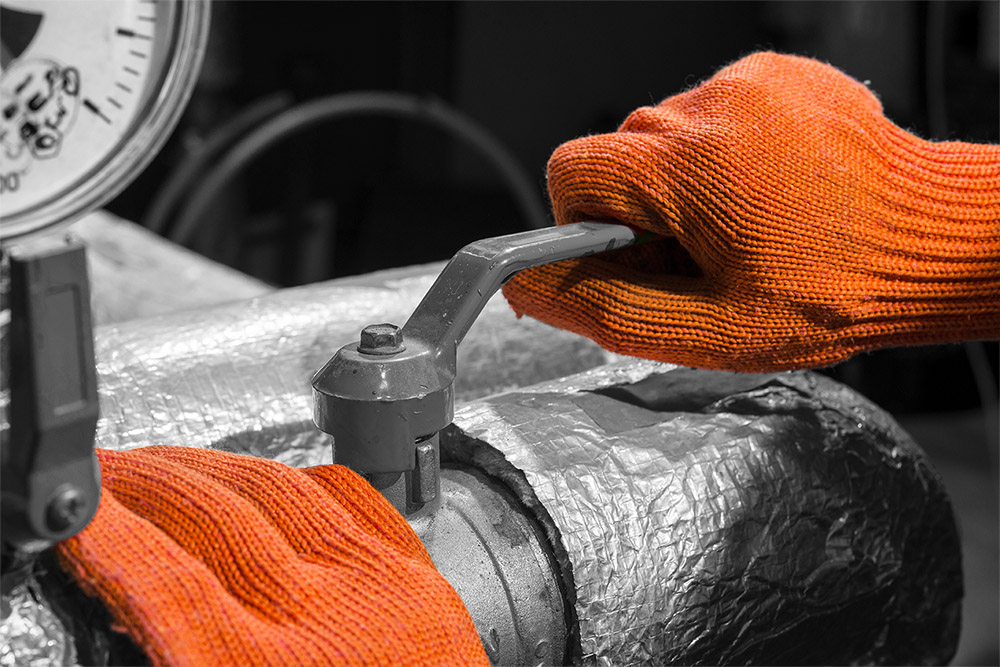Having issues getting hot water at home can put a damper on your day. Knowing what is causing the lower water temperatures is useful for at-home-troubleshooting and finding the right help as soon as possible. A lack of hot water can also be caused by current settings, water heater size, efficiency, and age. It is important to note water heaters usually have a life span of around 10 years.
Thermostat settings
If you aren’t getting enough hot water the first thing you should check is your thermostat settings. A thermostat that is set too low will not heat the water to your desired temperature. The Department of Energy suggests you have your thermostat set to 120 degrees Fahrenheit.
Check the electricity and gas supply
The easiest source to check is the electricity. If the units power cable or plug look damaged or disconnected it may be the problem. If the unit’s power cord is intact, check the breaker. Try turning it off and on again.
Thoroughly checking the gas lines can be more complex but if there is a damaged pipe you will most likely smell gas. In this case, you should turn off your gas and call a professional as soon as possible.
Check the Pilot Light
Before going to check your pilot light is still lit, determine if you have a gas or electric water heater. Electric water heaters do not have pilot lights or a burner. For gas water heaters, checking the pilot light is easy and can save you a lot of stress.
If your pilot light is out, turn off the heater and let the system sit for a few minutes so that any excess gas can dissipate. Once you have waited a few minutes turn the heater back to the pilot setting. If you have a self-ignite hold the button, if not, you will have to manually light it. Once the pilot light is lit turn the water heater back on. If the pilot light won’t stay lit there may be an issue with your thermocouple. Turn the water heater off again and call a plumbing professional.
Check the Burner
The next thing you should check after the pilot light is the burner. Start by setting your thermostat to 140 degrees Fahrenheit. Once the thermostat is set go to a nearby faucet and start running hot water. In a short period of time, you should hear the burner turn on. If it does, make sure to reset your thermostat to the desired temperature. Now, if the burner does not turn on, call a plumbing professional for assistance.
Damaged heating element
Electric water heaters use elements to heat the water instead of burners. These elements are relatively inexpensive to replace and tend to have a life span of about 10 years. If your heating element has stopped functioning properly you should consider replacing your water heater. Before attempting to remove the element be careful and remember to turn off the circuit breaker.
Sediment build up
Where your water comes from and how it is treated can affect the functionality of your water heater. With harder water (mineral-rich water), minerals can build up in the water tank. Build up in the water tank can restrict water flow and prevent access to hot water. This is fixed by having your water tank cleaned. To avoid future build-up consider using a water softener for your water supply. If there is rust, you will need to invest in a new system.

